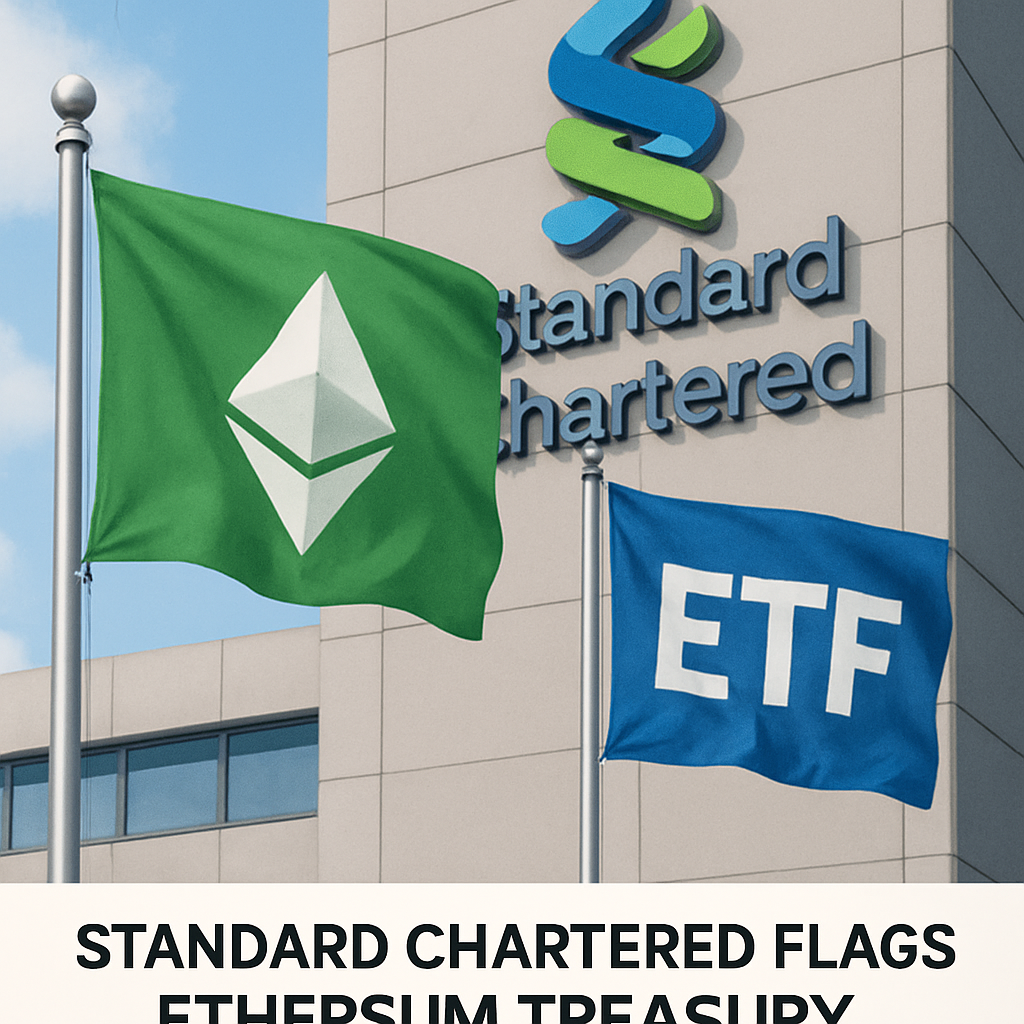LONDON — Investors seeking exposure to ether price appreciation may find public treasury companies a more compelling option than spot exchange-traded funds, according to Standard Chartered strategist Geoff Kendrick. In a research note released Wednesday, Kendrick highlighted that NAV multiples for leading ether treasury firms have fallen toward one, making their valuation more aligned with the underlying ETH holdings.
Ether treasury companies such as BitMine Immersion Technologies and SharpLink Gaming issue shares representing direct ether-backed reserves, with managers reporting token balances regularly. SharpLink’s NAV multiple peaked at 2.5 earlier this year, fueled by speculative interest, but has since retraced to near-par levels as market volatility eased. Standard Chartered’s analysis shows these firms, like publicly traded tech firms, offer both price exposure and corporate governance disclosure.
Since June, treasury companies and U.S.-listed spot ETH ETFs have accumulated roughly 1.6 percent of total circulating ether supply, amounting to just under 2,000 tokens each, according to CoinDesk Research and ETF filings. Treasury firms benefit from direct on-chain holdings without the structural premium ETF market makers charge for operational costs and arbitrage spreads.
Kendrick retained a year-end ether price target of $4,000, noting that normalized NAV multiples and rising network activity support the case for on-balance-sheet token holdings. Treasury equities also offer additional capital market advantages, including potential dividend distributions from staking rewards and corporate income streams.
However, investors should weigh regulatory considerations: unlike ETFs, treasury firms operate under corporate charters in multiple jurisdictions and face reporting requirements. Standard Chartered’s report underscores a broader shift toward novel instruments bridging crypto assets and traditional capital markets, with treasury plays emerging as an institutional strategy to access ETH upside while managing balance sheet allocations.

Comments (0)